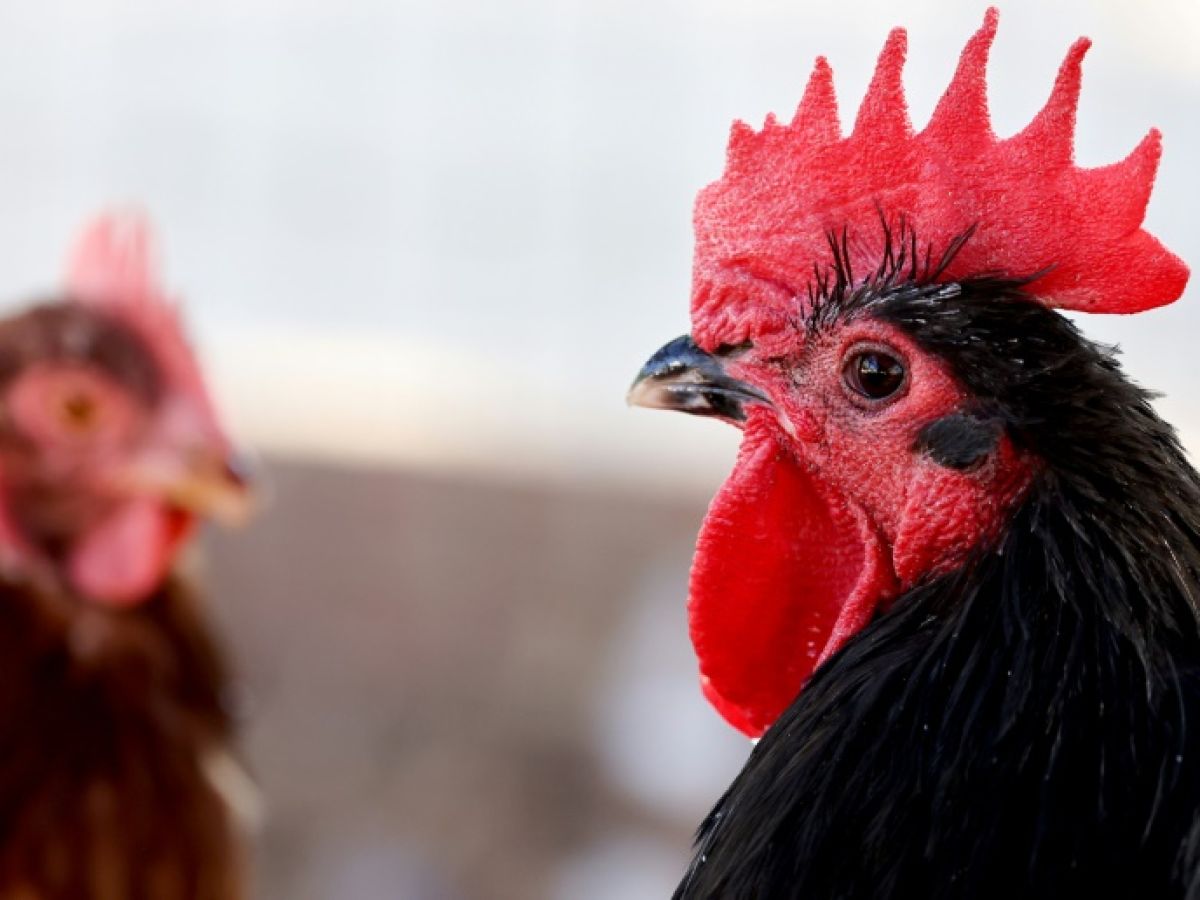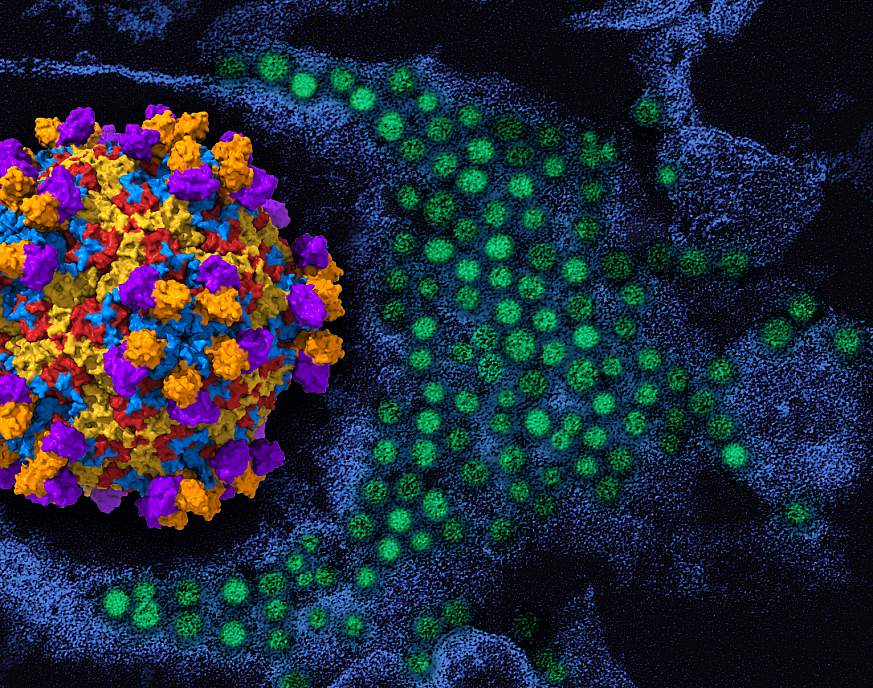A first serious case of human contamination with the H5N1 virus has been detected in the United States, the American authorities announced on December 18, 2024, at a time when fears of a possible avian flu pandemic are increasing. The patient, hospitalized in Louisiana (south), is the 61st human case of avian flu detected since April in the country, the American Centers for Disease Control and Prevention (CDC) specified in a press release.
Over 65 years old and suffering from other pathologies, he is in " a critical state " And " suffers from a severe respiratory condition"The other infected people had mild symptoms," Louisiana health officials told AFP.
Fear of a new pandemic
For several months, the United States has been facing an epizootic – the equivalent of an epidemic in animals – of avian flu. Several elements suggest that " Bird flu is knocking on our door and could trigger a new pandemic", Meg Schaeffer, an epidemiologist at the American SAS institute, recently told AFP.
However, US health authorities assured on Wednesday that their assessment of the risk posed by bird flu to public health had not changed and remained " weak" . " No spread of avian influenza (subtype) H5 from person to person has been detected", they said.
Other serious cases of bird flu in humans have already been detected in other countries, they recalled. This was notably the case of a teenager hospitalized in November in the Canadian province of British Columbia (west).
Read alsoH5N1 flu: after mammals, soon human-to-human transmission?
Virus mutation
Louisiana State University researcher Rebecca Christofferson told AFP that without rigorous surveillance, it was difficult to know whether animal-to-human transmission was becoming more common or whether asymptomatic transmission between humans was occurring. I'm not panicking yet", she nevertheless specified, while emphasizing the need for increased vigilance.
According to the CDC, the Louisiana patient had contact with sick and dead birds in a backyard. Genomic sequencing showed that the H5N1 virus that infected him was the same type that has infected people in the U.S. state of Washington and neighboring Canada, as well as wild birds and poultry in the United States. This version of H5N1 is different from the one detected in cattle as well as in mild human cases and some other poultry.
The bird flu virus is circulating in the United States in poultry farms and has been spreading in unprecedented ways since March in cow herds. And in late October, a pig on an Oregon farm that also houses poultry and cattle tested positive for H5N1, although it showed no signs of illness.
Faced with a spread of bird flu cases in its cattle farms, California has taken emergency measures to give government agencies free rein to " to answer quickly" announced its governor Gavin Newsom on Wednesday.
Read alsoBird flu: situation becomes “alarming” in Asia-Pacific
Contact with animals
The growing number of mammals infected with the disease has experts concerned that high circulation could facilitate a mutation of the virus that would allow it to pass from one human to another. The recent detection of bird flu in people with no known contact with an infected animal reinforces these concerns.
At least three people have been infected with the H5N1 virus in the United States in recent months, although the source of their infection is unknown. While Traces of the virus were detected in milk, the U.S. Department of Agriculture announced a new plan Wednesday to step up surveillance. Uncertainty remains over how President-elect Donald Trump’s administration will address the outbreak. Mr. Trump’s chosen health secretary, Robert Kennedy Jr., is a noted advocate of raw milk.
According to figures cited Tuesday in Geneva by an official of the World Organisation for Animal Health, Gregorio Torres, the avian flu epidemic has caused the death of more than 300 million birds across the world since October 2021. In three years, the H5N1 virus has been detected in 108 countries or territories on five continents and in more than 70 species of mammals, domestic or wild.


